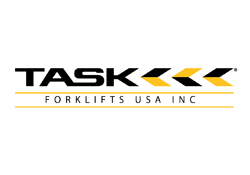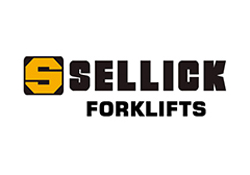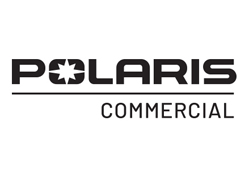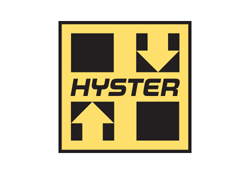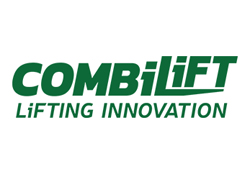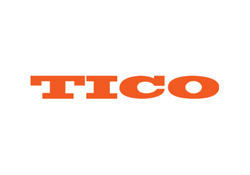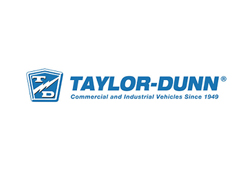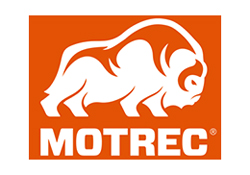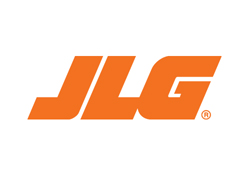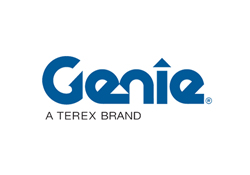How to Choose the Right Industrial Android Tablet for Your Business Needs
In today's rapidly evolving industrial landscape, businesses are increasingly turning to technology to enhance operational efficiency and productivity. The global industrial tablet market is expected to reach a staggering USD 6.14 billion by 2026, growing at a CAGR of 6.2% from 2021 to 2026, according to a recent report by Industry Research. Among the various options available, the Industrial Android tablet has emerged as a popular choice due to its versatility, user-friendly interfaces, and robust functionality tailored for harsh environments. Selecting the right Industrial Android tablet is crucial for companies aiming to optimize their workflows and improve data accessibility on the shop floor. With the right device, businesses can streamline their processes, reduce downtime, and increase overall productivity, making it essential to understand the key features and specifications that meet specific operational needs.
Understanding Your Business Requirements for an Industrial Android Tablet
When selecting an industrial Android tablet, it's essential to thoroughly understand your business requirements to ensure you make the best decision. According to a study by VDC Research, the global market for rugged tablets is expected to reach $1.6 billion by 2025, indicating a significant demand for devices that can withstand harsh working conditions. Businesses should analyze their operational environments, considering factors such as temperature extremes, moisture resistance, and the potential for physical impacts. For instance, if your team operates in a warehouse setting, a tablet with a rugged exterior and a brighter display may be essential for outdoor visibility and durability.
Furthermore, examining specific operational needs can help narrow down your options. For example, a survey by ABI Research revealed that over 45% of manufacturing organizations prioritize connectivity features such as Wi-Fi 6 and LTE capabilities in their tablet selection, highlighting the necessity for devices that maintain reliable communication in various settings. Understanding whether your workforce requires barcode scanning, NFC capabilities, or integration with existing software systems can directly influence the functionality you need in an industrial Android tablet. By aligning your hardware choice with these specific needs, you can improve productivity and enhance overall operational efficiency.
Key Features to Consider When Choosing an Industrial Android Tablet
Key Features to Look for in Industrial Android Tablets
When selecting the right industrial Android tablet for your business, it is crucial to identify key features that will meet the rigorous demands of industrial environments. First and foremost, durability is a non-negotiable requirement. According to a report by MarketsandMarkets, the global rugged tablet market is projected to reach $1.86 billion by 2025, highlighting the increasing need for devices that can withstand harsh conditions. Look for tablets that offer MIL-STD-810G or IP ratings, ensuring resistance to drops, water, and dust.
Performance is another vital aspect; opt for tablets with powerful processors and ample RAM (at least 4GB) to handle multiple applications seamlessly. A study published by Gartner indicates that 70% of companies implementing mobile solutions have seen improvements in productivity, emphasizing the necessity of fast and efficient devices. Additionally, battery life should not be overlooked. A tablet with a battery lasting at least 8 hours can ensure uninterrupted operation throughout the workday, minimizing downtime in critical business tasks.
Investing time in evaluating these features will lead to more effective and reliable solutions tailored to your operational needs.
Assessing Performance and Durability for Industrial Use
When selecting an industrial Android tablet, assessing performance and durability is crucial, especially for environments demanding robust technology. Durability is not just about resistance to physical damage but also encompasses the tablet's ability to function effectively under extreme conditions, similar to the performance evaluations conducted for ultra-high durability concrete. Industries often face harsh environmental factors, and like the studies on superhydrophobic materials used in oil-water separation, a tablet that can withstand humidity, dust, and drops should be prioritized.
Performance metrics are equally important, especially in high-demand industrial settings. Just as healthcare organizations use comprehensive frameworks to evaluate performance, businesses should consider factors like processing speed, battery life, and application compatibility. Tablets that undergo rigorous testing, akin to the assessments done for advanced insulation materials or the resilience of new cementitious compounds, ensure that the selected device will meet operational requirements consistently. In sum, the focus on durability and performance can guide businesses in making informed choices, ensuring that their investment meets both current and future needs.
How to Choose the Right Industrial Android Tablet for Your Business Needs
| Specification | Value | Importance |
|---|---|---|
| Processor | Octa-core 2.0 GHz | High performance for multitasking |
| RAM | 4 GB | Sufficient for industrial applications |
| Storage | 64 GB | Room for apps and data |
| Battery Life | 10 hours | Long-lasting for full-day use |
| Operating System | Android 11 | Latest features and security |
| Durability Rating | IP67 | Water and dust resistant |
| Weight | 1.5 kg | Lightweight for portability |
| Screen Size | 10.1 inches | Optimal for visibility |
Compatibility with Your Existing Systems and Applications
When selecting an industrial Android tablet, compatibility with existing systems and applications is crucial for seamless integration into your business operations. According to a report from Grand View Research, the global industrial tablet market is expected to reach USD 4.41 billion by 2025, signifying a growing reliance on mobile technology within industries such as manufacturing, logistics, and field services. Therefore, it's essential to ensure that any Android tablet you consider can interface with your current software systems, including ERP, inventory management, and customer relationship management solutions.
One key factor to assess is the operating system version and the specific applications your team relies on. A study by Frost & Sullivan highlighted that companies often face disruptions due to incompatible devices, resulting in potential losses averaging around USD 250,000 per incident. To mitigate such risks, choose an industrial tablet that supports the latest Android version and has proven compatibility with the applications that are crucial for your operations. Additionally, look for devices with customizable features that can adapt to your unique workflows, ultimately enhancing productivity and minimizing downtime.
Budget Considerations and Long-term Investment Value
When selecting the right industrial Android tablet for your business, budget considerations play a crucial role. In today’s economy, where funding for research and development can be cut dramatically, as seen with significant reductions in government budgets, companies must carefully evaluate their expenditures. Investing in high-quality technology can yield substantial returns, but only if it aligns with long-term goals and enhances operational efficiency. The right tablet not only meets immediate business needs but also contributes to sustainable growth, making it essential to weigh both upfront costs and the potential for long-term value.
Moreover, businesses are increasingly recognizing the importance of sustainable practices, which can influence their budget allocation. A significant portion of small and medium enterprises are prioritizing sustainability, yet many are limiting their investments to a mere 3% of their budget. As technology becomes a strategic asset in improving operational resilience and reducing costs, organizations should consider how choosing the right Android tablet can support their sustainability initiatives while maximizing long-term returns. Robust and innovative designs that last beyond the typical upgrade cycle can provide a competitive edge, making this decision even more critical in today’s market landscape.
